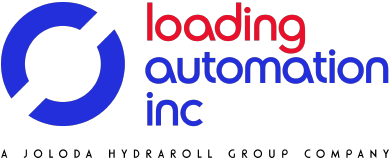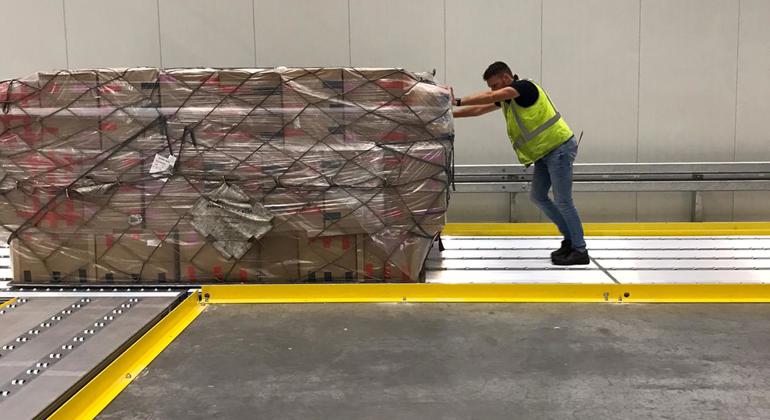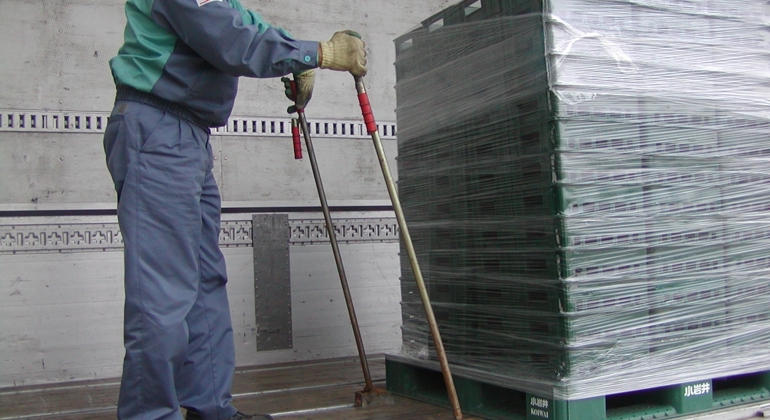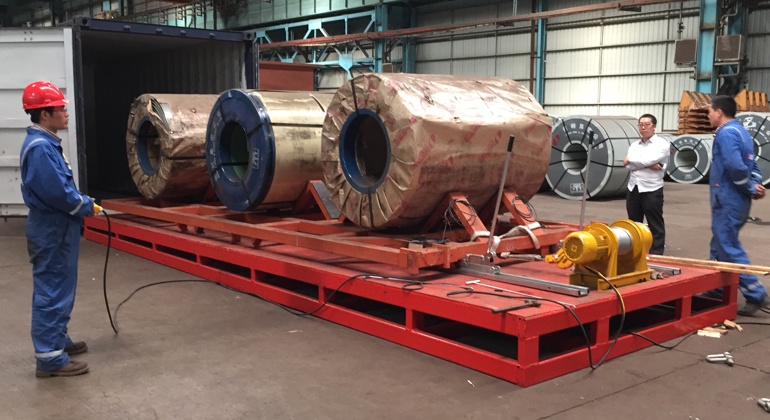Before you lift of carry a load, there are some simple steps you can take to make the task safer:
- Remove any obstructions or obstacles from the route.
- If the lift is a long one, plan to rest midway along the route on a bench or table so that you can change your grip.
- Keep the load close to your waist. Keep it as close to your body as you can for as long as you can.
- Keep the heaviest side of the load closest to the body.
- Adopt a stable position and keep your feet shoulder width apart. One leg should be slightly forward to maintain balance.
Think before you lift
Plan your lift. Where are you going to place the load? Can you use any handling aids? Will you need help? Remove discarded materials and any other obstructions. If you’re going to conduct a long lift, think about stopping midway for a rest and placing the load on a bench or a table so you can change grip.
Adopt a stable position
Your feet should be apart, and one leg must be slightly forward to keep your balance (alongside the load if it’s on the floor). Be ready to move your feet during the lift to maintain stability. Avoid wearing tight clothing or unsuitable footwear, which may make the lift more difficult.
Get a good hold of the load.
Where possible, hug the load as close as you can to your body. This can be better than gripping it tightly with just your hands.
Start with good posture
At the start of the lift, bend the back, knees and hips slightly. This is better than stooping, which means fully flexing the back, or squatting, which entails fully flexing the hips.
Avoid flexing the back further while lifting
This can happen if you start to straighten your legs before you start to raise the load.
Keep the load close to your waist
Keep the load as close to your body as you can while lifting it. The heaviest side of the load should go next to your body. If it’s not possible to approach the load closely, try to slide it towards your body before you try to lift it.
Don’t twist the back or lean sideways
You should especially avoid doing this while the back is bent. Keep your shoulders level and facing in the same direction as your hips. It’s better to turn by moving your feet than by twisting and lifting at the same time.
Keep your head up
When handling, keep your head up. Look ahead, not down the load, once you’re holding it securely.
Move smoothly
Don’t jerk or snatch the load. Doing so makes the load harder to control and may increase the risk of injury.
Don’t lift more than you can manage easily.
What can you lift… and what can you safely lift? There’s a difference between the two. If you have any doubts about lifting a load, ask for help or for advice. Don’t just plough on with it.
Put the load down and then adjust its position
If the position of the load must be precise, place it down first. Then slide it into the position you want.






